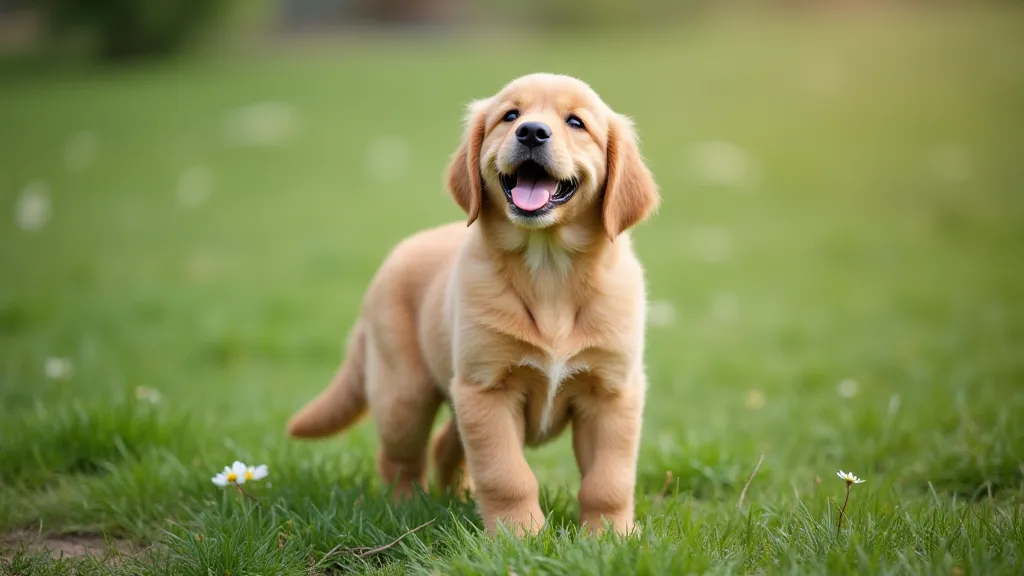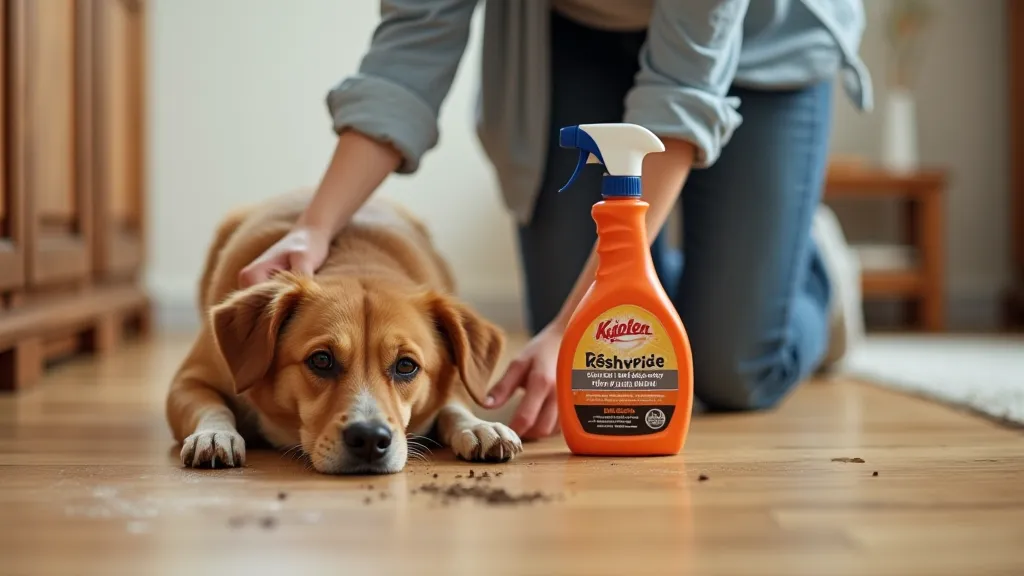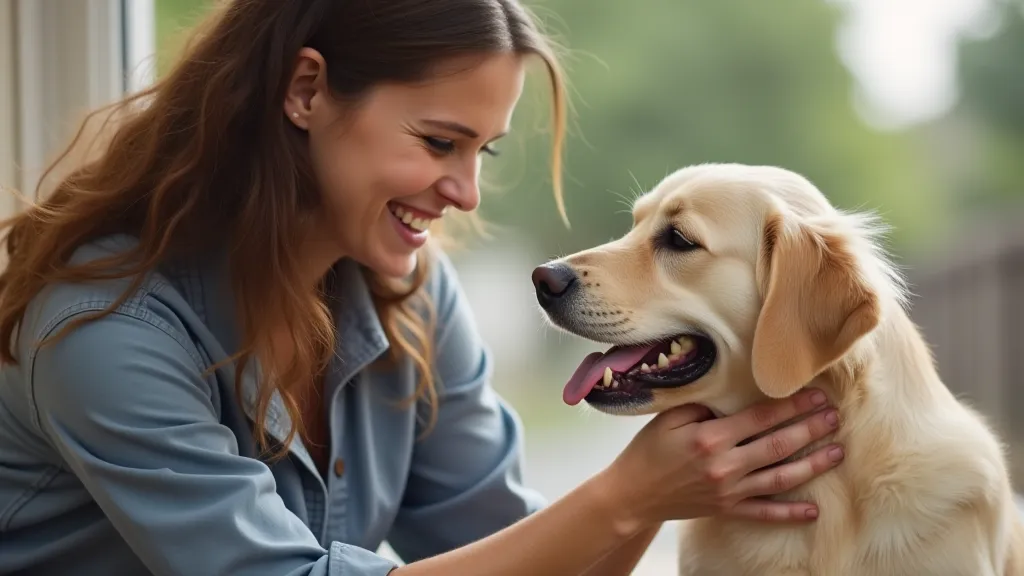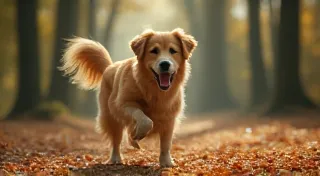House Training Your Dog: A Complete Guide to Success
Bringing a new dog or puppy into your home is an exciting time! But along with the cuddles and playful moments comes the responsibility of house training. It can be frustrating, but with patience, consistency, and understanding, you can successfully house train your furry friend. This guide provides a comprehensive approach to house training, covering everything from establishing routines to handling accidents.
Understanding the Basics
House training isn’t just about stopping your dog from eliminating indoors; it’s about teaching them to relieve themselves in a designated area. Puppies, in particular, have small bladders and limited control, so accidents are inevitable. Adult dogs might have previously been house trained, but adapting to a new environment can lead to setbacks. Before you even bring your new furry companion home, it's a good idea to ensure your environment is ready. Check out our guide on puppy proofing your home to create a safe and comfortable space for your dog.
Step 1: Establishing a Routine
Consistency is key! A predictable routine helps your dog understand when and where they’re expected to eliminate. Here’s a suggested schedule:
- First Thing in the Morning: Immediately take your dog outside.
- After Meals: Take your dog out 15-30 minutes after they eat.
- After Naps: Puppies often need to relieve themselves after waking up.
- After Playtime: Excitement can stimulate the need to go.
- Before Bedtime: A final trip outside before lights out.
Take your dog to the same spot each time – the scent will encourage them to eliminate there. Praise and reward your dog with a small treat immediately *after* they eliminate in the designated spot. Timing is crucial – the reward needs to be instant to create a positive association. Remember, establishing a consistent routine is just one piece of the puzzle. Positive reinforcement plays a crucial role in shaping your dog’s behavior; explore different techniques with our guide to positive reinforcement dog training.

Step 2: Recognizing the Signs
Learn to identify the signs that your dog needs to go. Common signals include:
- Sniffing the ground intensely
- Circling
- Whining
- Scratching at the door
- Restlessness
Don’t ignore these cues! Immediately take your dog outside when you see them. Prevention is always easier than cleaning up an accident.
Step 3: Dealing with Accidents
Accidents *will* happen. It’s part of the process. Here’s how to handle them:
- Don’t Punish: Scolding or punishing your dog *after* the fact is ineffective and can create fear and anxiety, hindering the training process. They won't understand why you're upset.
- Clean Thoroughly: Use an enzymatic cleaner specifically designed for pet messes. These cleaners eliminate the odor, preventing your dog from being drawn back to that spot to eliminate again. Regular household cleaners often don't fully remove the scent.
- Interrupt and Redirect: If you catch your dog in the act of eliminating indoors, calmly interrupt them with a firm "No!" and immediately take them outside to their designated spot.

Step 4: Crate Training (Optional)
Crate training can be a valuable tool for house training. Dogs naturally avoid soiling their sleeping area. A crate provides a den-like space, encouraging them to hold it until you can take them outside. If you’re considering crate training, remember to introduce the crate gradually, making it a positive experience with toys and treats. Never use the crate as punishment.
Step 5: Patience and Persistence
House training takes time and effort. There will be setbacks. Remain patient and consistent with your routine. Celebrate successes and don’t get discouraged by accidents. Every dog learns at their own pace. Choosing the right breed can also impact the ease of house training. For example, breeds like the Beagle are known for their adaptability and often pick up routines quickly, while others may require more patience.

Troubleshooting Common Issues
- Frequent Accidents: Consider a vet check to rule out any underlying medical conditions.
- Regression: Changes in routine, stress, or anxiety can trigger regressions. Revisit the basics and provide extra reassurance.
- Marking: Unneutered male dogs are more prone to marking. Neutering can help reduce this behavior.
Understanding breed-specific traits is also helpful. For instance, the German Shepherd, known for its loyalty and protective nature, often benefits from consistent training and clear boundaries during the house training process.
With dedication and a positive approach, you can successfully house train your dog and enjoy a cleaner, happier home!





